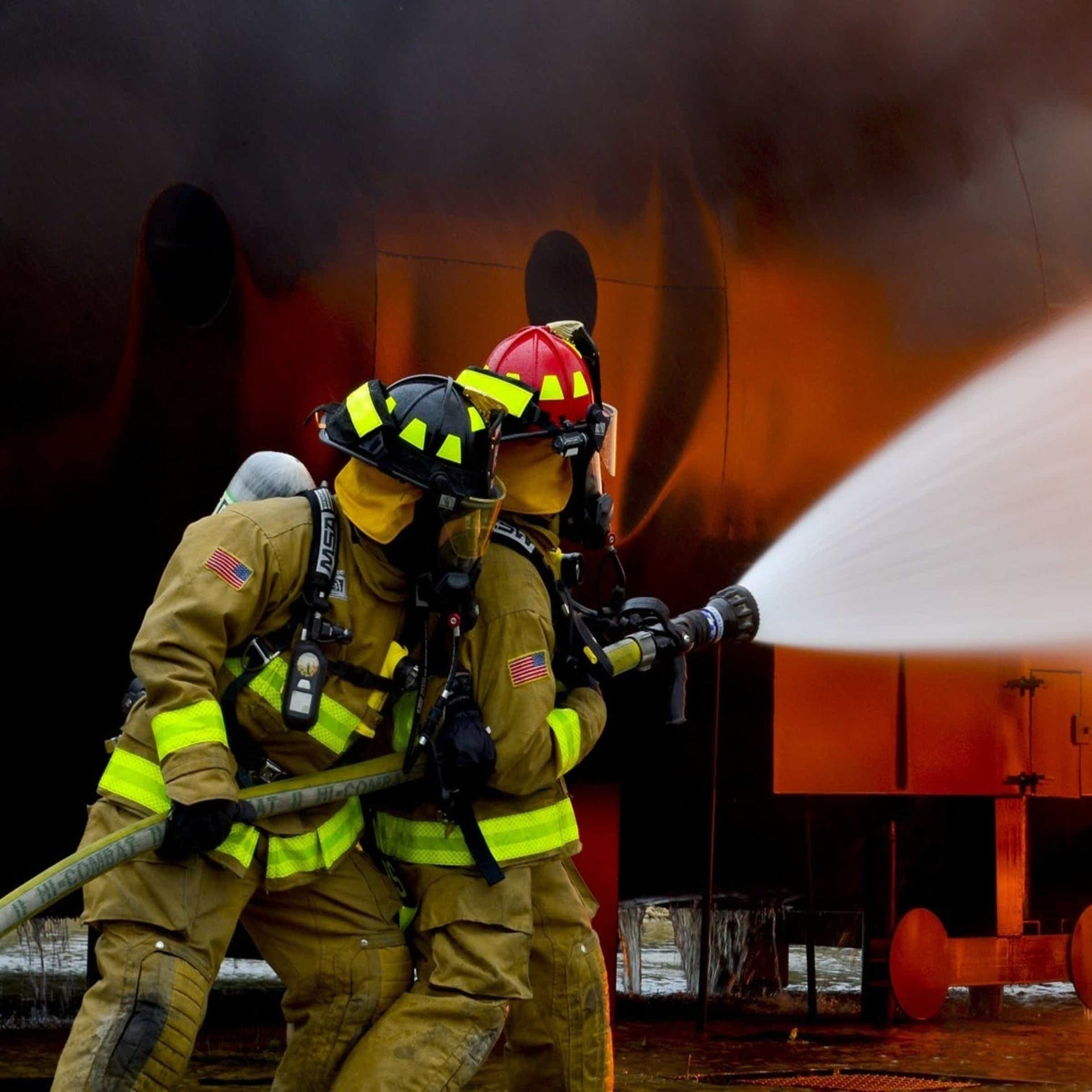
Important Gear for Firefighters
Important Gear Used By Firefighters
One of the most important roles in firefighting that is played is the turnout gear or the firefighter clothing. Turnout gear not only protects the firefighters from adverse conditions but also manages and maintains a standard thermal condition inside the clothing. Turnout Gear should also have features like being water repellent & having the provision easy doffing and donning.
The fabric or the turnout gear fabric must be made from a high-performance technical fiber with the engineering of or addition of 3 layers of fabric which helps to balance the needed comfort parameters inside the turnout gear or turn-out clothing.
Modern Gear
Now, these days modern turnout gear for firefighters can shield the wearer against any kind of biological and chemical hazards like fire accidents that mostly happen with these hazards. Turnout gear is also known as Bunker gear. This term is derived from the fact that the boots and trousers are traditionally kept by the firefighter’s bunk, readily available at the fire station for use. This clothing of firefighters is referred to as, ‘Fire Kit’ in UK and Ireland, and it is referred to as ‘Incident Gear’ in Hongkong. Several other types of protective gear are also worn by the firefighters which are not the turnout gear. Some of them are called Wildland Fire Suppressor, Proximity Suit, and Hazmat Suit.
NFPA Guidelines
Depending on the context, like that of trousers and boots or jackets, or the complete combination of personal protective gear and personal protective clothing, turnout gear can be referred to. The total cost of the firefighter system is around $10,000. As per the National Fire Protection Association, NFPA, 1971 for the USA and the same standards in other countries a turnout clothing should have these components:
- An outer shell
- A moisture barrier
- A thermal liner.
Fibers Used in Outer Shells
The second layer of the turnout gear is the moisture barrier, which consists mainly of the barrier laminated into the fabric substrate. Moisture barriers permit perspiration vapor to escape and give liquid penetration resistance. The pivotal function of the thermal liner is to minimize to a safer level the amount of heat transfer from the environment of fire to the body of firefighters. One of the major contributors to the thermal protective performance rating of the turnout gear system is the thermal liner. For turnout gear both the design and performance are important.
Some of the common fibers which are used for the outer shells are the mixture of Nomex or Kevlar, Nomex, Kevlar, Basofil and Nomex, Carbon or Kevlar, PBO or Kevlar, Kevlar, Nomex, Zylon and Technora, PBI or Technora and PBO.
